Top 10 Unique Architecture
Here are ten unique architectures in the world:
Burj Khalifa, Dubai
Lotus Temple, New Delhi
Sydney Opera House, Sydney
Guggenheim Museum, Bilbao
The Bird's Nest, Beijing
The Eye, London
The Colosseum, Rome
The Leaning Tower of Pisa, Pisa
The Pyramid of the Louvre, Paris
The Petronas Towers, Kuala Lumpur
Burj Khalifa, Dubai
The Burj Khalifa is a skyscraper located in Dubai, United Arab Emirates. It is the tallest building in the world, standing at 828 meters (2,716 feet) tall.
The building was designed by Adrian Smith of Skid more, Owings & Merrill and was completed in 2010. It features a unique, tapering design with a stepped silhouette and includes residential, hotel, and office spaces.
Lotus Temple, New Delhi
The Lotus Temple is a unique building located in New Delhi, India. It was completed in 1986 and is shaped like a lotus flower, with 27 freestanding “petals” arranged in clusters of three to form nine sides.
The temple is made of marble, concrete, and glass, and is one of the most visited buildings in the world, attracting millions of visitors annually. It serves as a house of worship for the Bahá'í faith, which emphasizes unity and the oneness of humanity.
Sydney Opera House, Sydney
The Sydney Opera House is a performing arts center located in Sydney, Australia.
- It is one of the most recognizable buildings in the world and is a UNESCO World Heritage Site.
- Designed by Danish architect Jørn Utzon, the building was completed in 1973 and features a series of white, sail-like shells that sit atop a modernist base.
- The Opera House houses multiple performance venues, including a concert hall, opera theater, and theater.
- It has become an iconic symbol of Sydney and is considered one of the great examples of 20th-century architecture.
Guggenheim Museum, Bilbao
The Guggenheim Museum Bilbao is a modern art museum located in Bilbao, Spain.
- It was designed by Canadian-American architect Frank Gehry and opened in 1997.
- The museum features a unique, undulating design, with a façade made of titanium, glass, and limestone.
- It is considered one of the most important examples of Deconstructionist architecture and has transformed Bilbao into a major cultural destination.
- The museum houses a permanent collection of modern and contemporary art, as well as rotating exhibitions and cultural events.
The Bird's Nest, Beijing
The National Stadium, also known as the Bird's Nest, is a stadium located in Beijing, China.
- It was designed by Swiss architects Jacques Herzog and Pierre de Meuron and was built for the 2008 Summer Olympics.
- The stadium has a distinctive, nest-like appearance, with a woven pattern of steel beams creating the outer shell.
- After the Olympics, the stadium was repurposed as a multipurpose venue for sports and cultural events.
- The Bird's Nest remains one of the most recognizable structures in China and a symbol of Beijing's Olympic legacy.
The Eye, London
- The London Eye is a giant Ferris wheel located on the South Bank of the River Thames in London, England.
- It was designed by architects Julia Barfield, David Marks, and John Burgee and was opened in 2000.
- At 135 meters (442.91 feet feet) tall, it was the tallest Ferris wheel in the world when it was built and offers panoramic views of the city.
- Each of its 32 capsules can hold up to 25 people and the ride lasts approximately 30 minutes.
- The London Eye has become an iconic symbol of London and is one of the city's most popular tourist attractions.
The Colosseum, Rome
The Colosseum, also known as the Flavian Amphitheater, is an ancient amphitheater located in Rome, Italy.
- It was built between 70-80 AD and was used for gladiatorial contests, public spectacles, and animal hunts.
- The Colosseum is the largest amphitheater ever built and could seat up to 50,000 spectators.
- Despite the passing of centuries and damage from earthquakes and stone-robbers, the Colosseum remains one of the most iconic structures in Rome and a symbol of the city's rich history.
- Today, it is a popular tourist attraction and a symbol of the ancient world.

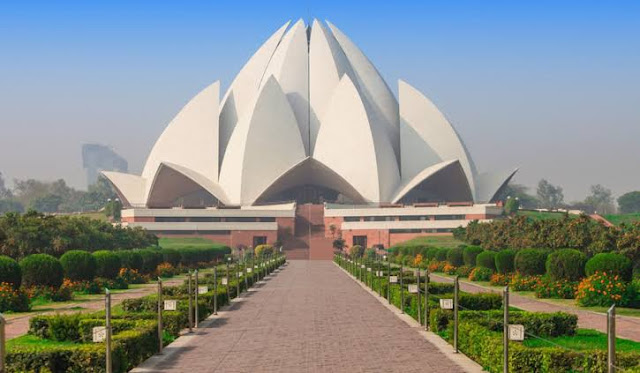
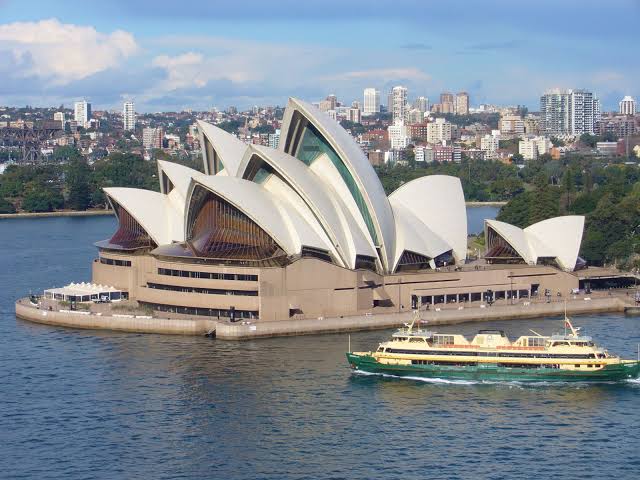

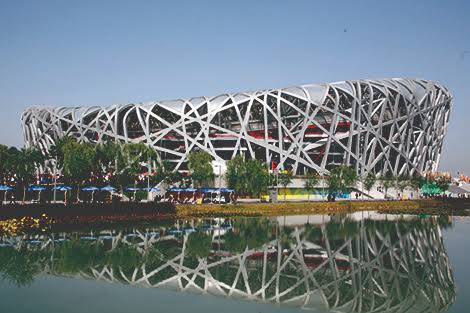
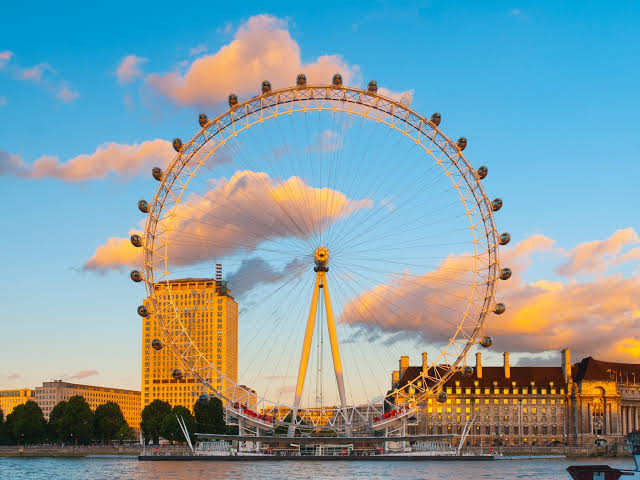
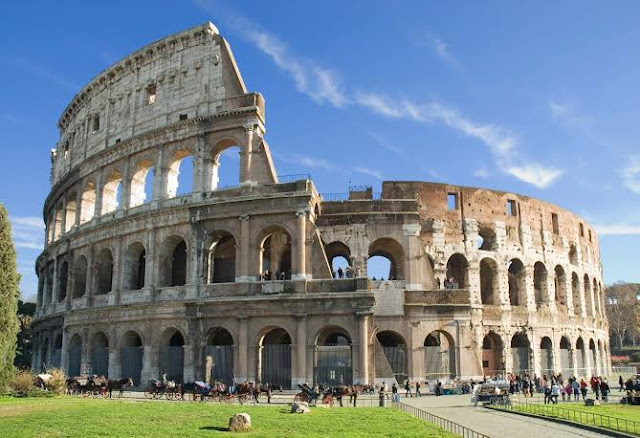
Comments
Post a Comment